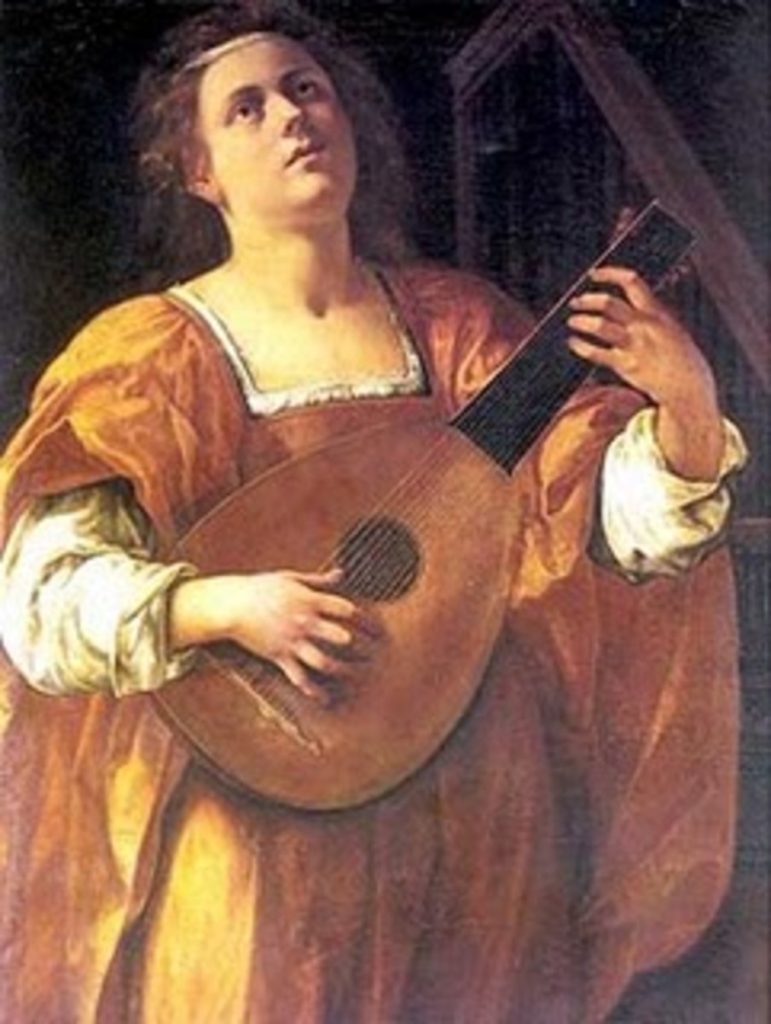
Maddalena Casulana (c. 1544 – c. 1590) was an Italian composer, lutenist and singer of the late Renaissance, and the first female composer to have had a book of music printed/ published, in the history of western music. Between 1568 and 1583, three books of madrigals were published under her name, although only one of those has survived complete.
Madrigals are secular = non religious, in the vernacular = the daily language of the people living in a place, polyphonic = having several voices, through-composed = different music for each stanza of lyrics, and unaccompanied = no rhythmic or other instruments are used. While there can be two to eight voice, three to six are most common. Metre varies between two or three tercets = three lines of poetry in a stanza, followed by one or two couplets = two lines of poetry in a stanza = grouped set of lines.
To celebrate Women’s Day 2022, music ensemble Fieri Consort will perform newly rediscovered songs composed by Casulana, on BBC Radio 3. The Fieri Consort was founded in 2012 and initially consisted of young ensemble singers based in London. It is un-conducted, typically with one or two voices to a part.
The painting illustrating this post is by Artemisia Gentileschi, (1593 – c. 1656) titled St Cecilia Playing a Lute. It was made sometime in the period 1610–1612, and is currently in the collection of the Spada Gallery, Rome. She is considered among the most accomplished seventeenth-century painters, producing professional work by the age of fifteen. While St Cecilia Playing a Lute is associated with Casulana, the painter was born after the composer’s death.
Musicologist Laurie Stras, professor of music at the universities of Southampton and Huddersfield, has found the lost alto partbook of Casulana’s 1583 book of five-voice madrigals, so that 17 madrigals have been added to her surviving repertoire.
In the 15th and 16th centuries, vocal/ instrumental polyphonic music was handwritten/ printed using partbooks, a separate one for each part. Sometimes, one or more of these partbooks go missing. Here, it was the alto parts for these madrigals.
An article in the Guardian includes information about Stras’ detective work, in finding the missing partbook.
Wikipedia provides a number of interesting articles that provide insight into topics presented here. These include:
An article on Madrigals, with more detailed information about their history and evolution.
An article on Casulana provides biographical information, as well as more detailed musicological information, especially about her extant compositions. There are also links to musical scores.
An article on Artemisia Gentileschi also provides many examples of her artwork, in addition to biographical information about her.
Happy Women’s Day, 2022!

